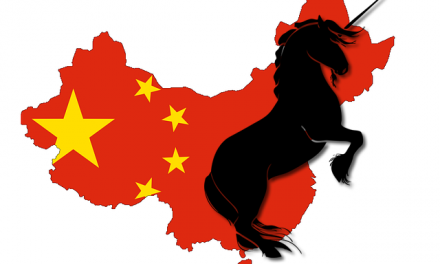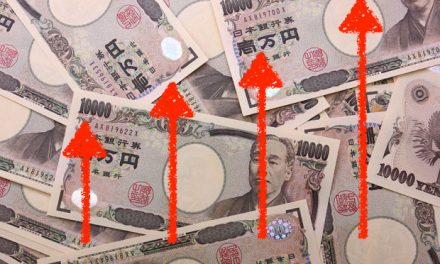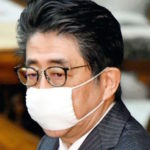
Japan’s Economic Miracle 2
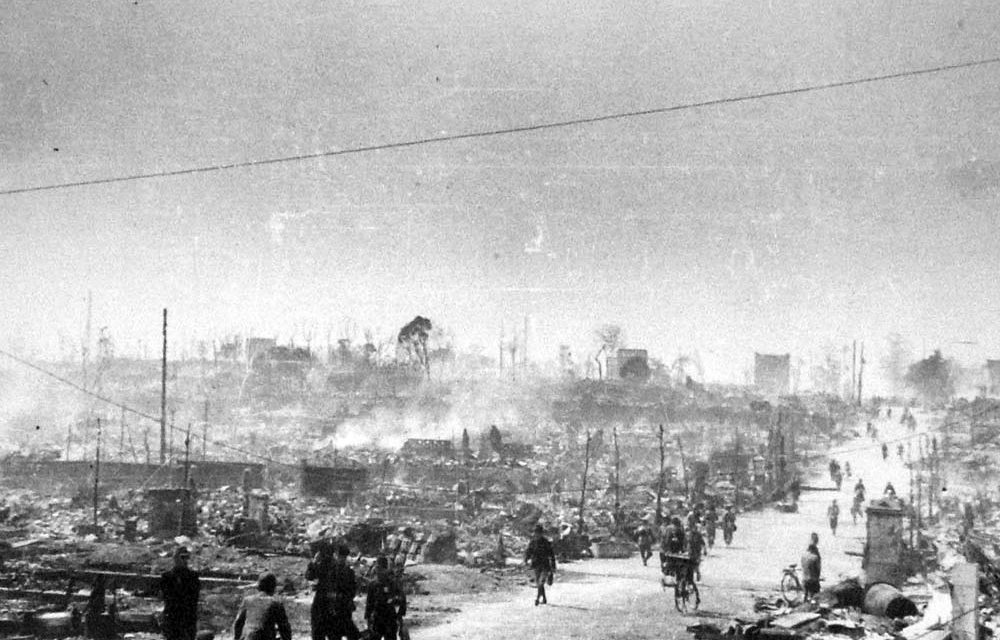
Photo: “The air strikes in Tokyo” Koyo Ishikawa
Just after the war was lost, when nobody expected the high-growth economy to happen in Japan, there was a guy writing down commodity prices at black markets in Tokyo.
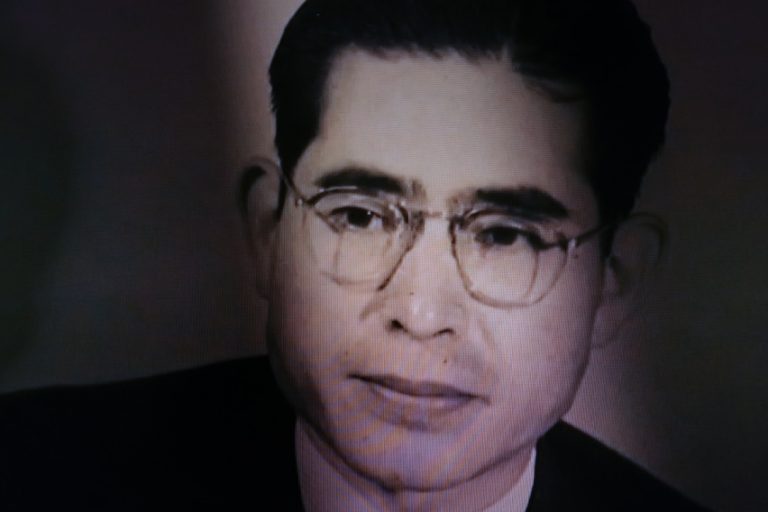
He was a government worker in the Ministry of Finance, but he tended to get sick and could not make it up the ladder.
His name is Osamu Shimomura who later perfected “the high-growth theory” which guided Japan’s high growth economy.
At the black markets, Shimomura discovered the fact that people were eager to buy goods while somehow managing their poor financial status and the markets were overflowing with coarse but

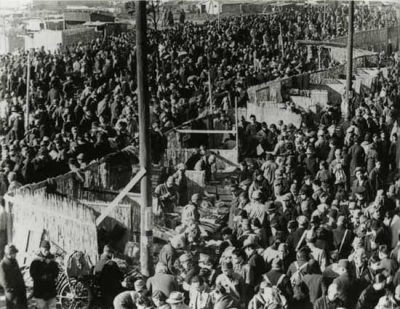
A black market just after the war was lost/ Photo: Shinjuku Nakamuraya
In the depth of the economy, he witnessed the 2 most significant elements of economic growth, ‘consumption desire’ and ‘enthusiasm
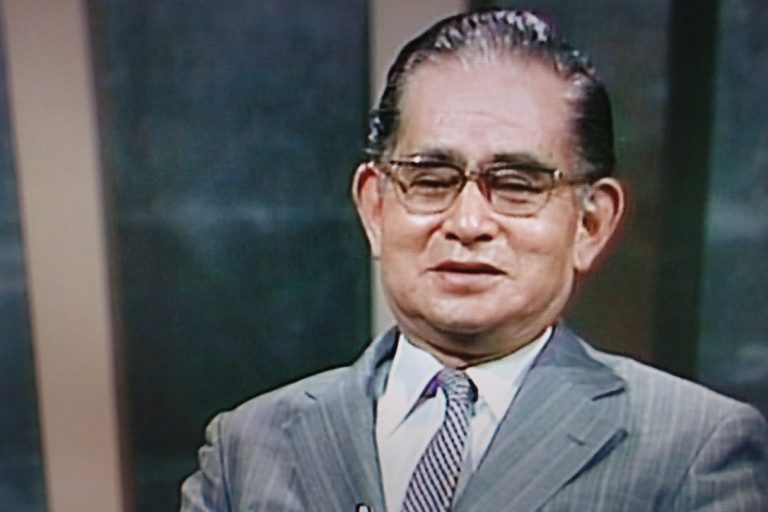
“The aim of economic growth is not just pursuing its figures. Due to the heavy pressure spurred by poverty and unemployment, people came to consider fighting the war in order to overcome hardship. Economic growth will be able to resolve as many issues as we want.”
Osamu Shimomura
Back then (When Japan was under the occupation of the U.S), Japan’s economy was dying due to an occupation policy implemented by the General Commander of the Allied Forces, Douglas MacArthur.
*Douglas MacArthur (1880 – 1964) was an American five-star general and Field Marshal of the Philippine Army. He was Chief of Staff of the US Army during the 1930s and played a prominent role in the Pacific theater during WW2.

The occupation policy
1. The disbandment of the munitions industry
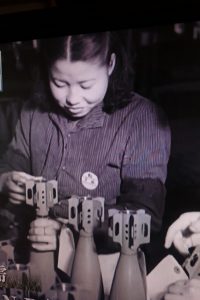

The munitions were Japan’s largest industry in those days. Therefore, even women were required to work in munitions factories during the war.
2. The disbandment of *‘Zaibatsu’ and big enterprises

Photo: Mainichi Newspapers Company
The photo is “Seizure of the Zaibatsu families’ assets, 1946” “Showa History Vol.13: Ruins and Lack” published by Mainichi Newspapers Company.
Due to the disbandment, it resulted in a 60% decline in the industrial production.
* ’Zaibatsu
To be continued …
Sponsored Link





